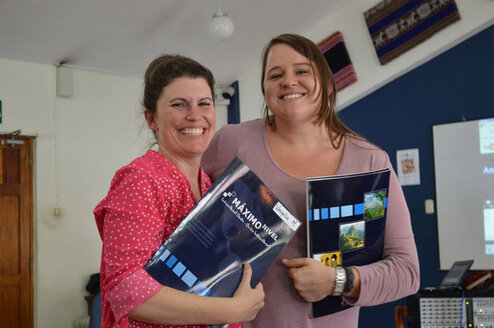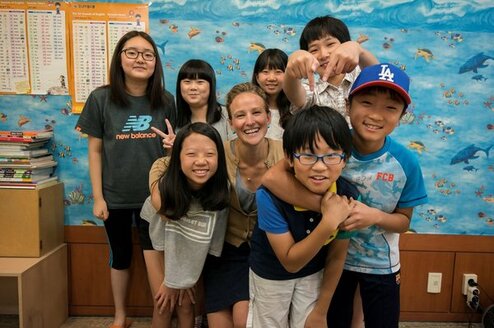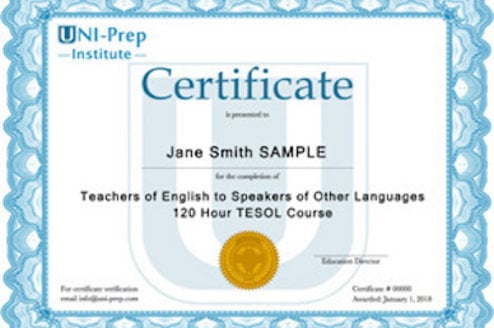Teach in the Marshall Islands
Teaching Programs in the Marshall Islands
About
Made up of 29 coral atolls and 5 islands, with a population of just over 68,000, the Marshall Islands is a tiny and secluded nation. Lacking many resources, schools are in need of English teachers. While Marshallese is the first official language, English is the second official language and as of 2001, it became the primary language for instruction.
With this, many Marshallese high school students hope to move overseas to pursue an international education at some of the world’s top universities. English teachers, particularly volunteer teachers, are in high demand. Aside from providing students with the resources to receive a great education, what’s not to like about endless sunshine and unlimited coconuts?!
At Go Overseas, we strive to provide the most comprehensive program and job listings available. At this time, we are only able to find a few teaching opportunities in the Marshall Islands, listed below. You can read this full guide to teaching in the Marshall Islands, use the Search page to explore other teaching opportunities, or browse the Teaching Job Board for opportunities around the world.
Job Types
Volunteer:
The Marshall Islands government has made recent strides to reform the public school system. One way of doing this is to attract volunteer English teachers to the islands, providing them with room and board, as they make significant developments in the curriculum. Even though education is compulsory from grades 1-8, many students are not enrolled, creating an education gap in the country.
Private Schools:
Private schools, like the Majuro Cooperative School, boast diverse student bodies. Acting as de facto international schools, private schools instruct in English and model their curriculum after American schools. Students even take the MISAT (Marshall Islands SAT). In addition to English language training, teachers are needed in other departments, such as social sciences or special education.
Finding a Job
When and Where to Look for Jobs:
The islands are divided up into two regions: “urban centers” and “outer islands.” The two urban centers are Majuro and Ebeye; although, these are not the thriving cities that may come to mind, but are home to basic commercial businesses and amenities. The outer islands are quite remote and sometimes lack basic infrastructure, such as electricity or running water. Those equipped to handle the rustic lifestyles of these islands will find the challenge worthwhile.
Qualifications:
Applicants must be native English speakers with a bachelor’s degree. Volunteers do not need prior teaching experience, but must be devoted to changing the educational landscape in the Marshall Islands. Teachers at private schools must have some relevant background/experience in order to apply.
Need to Know
Salary & Cost of Living:
Private schools and volunteer programs often provide housing for teachers and participants. You will likely live with a host family or in a shared apartment. Given this, salaries are on the lower side for private school teachers, compared to North America. Volunteers receive monthly stipends, which cover food and basic necessities.
Classroom & Work Culture:
Like any other tropical island, things move a bit slowly and people dress casually. Teachers can wear muumuus to work. Additionally, students are required to wear uniforms at most schools.
Teachers may find that the lack of educational resources a bit frustrating. Public schools remain underfunded, even as the government initiates constant improvements. In addition, among students, English comprehension levels vary greatly. Some students are near fluent, while others struggle with reading and writing. Although, despite these challenges, teachers use creativity to overcome these challenges in the classroom.













